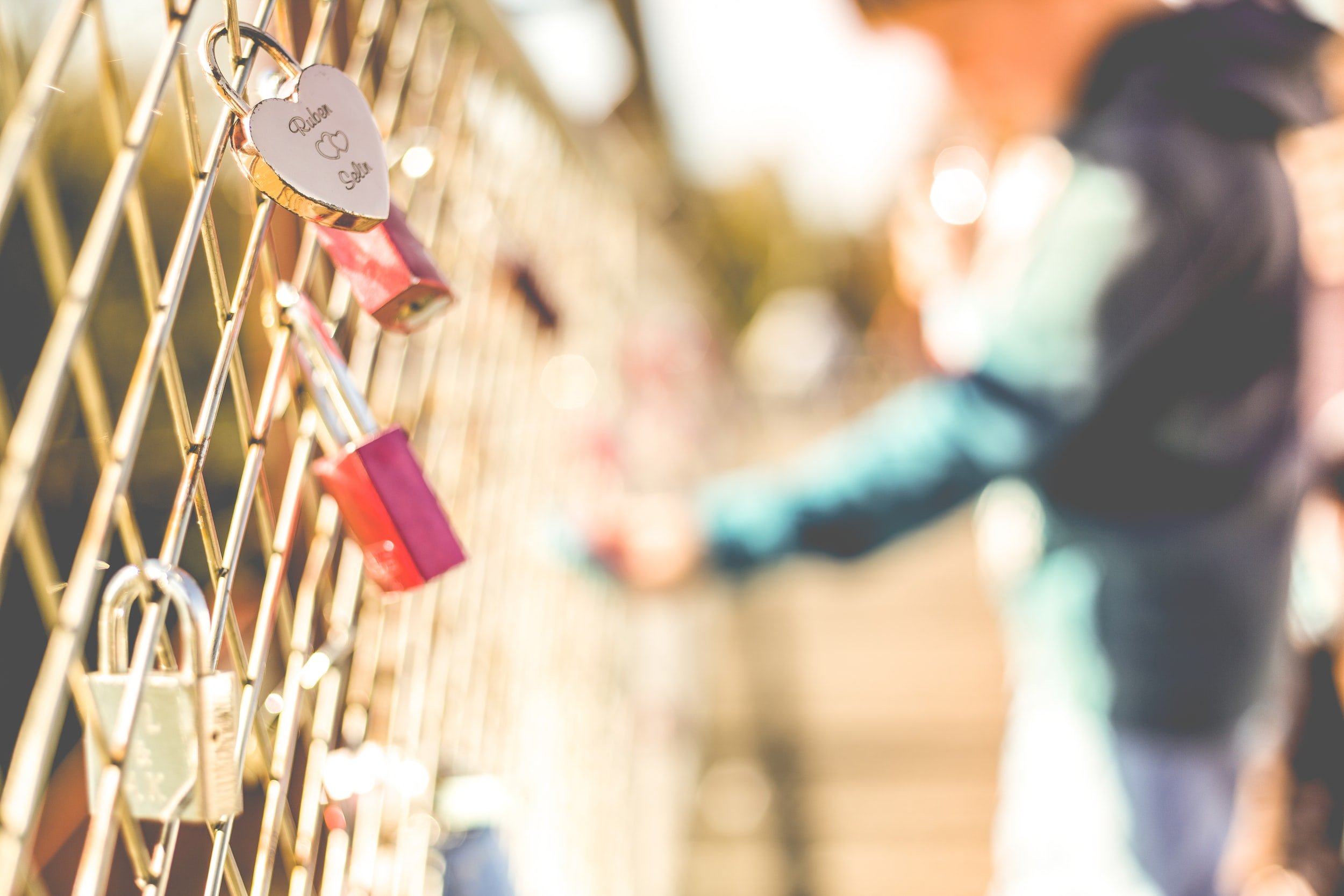What are attachment styles in relationships and what do they mean?
Every day, we’re faced with scenarios that challenge us to look at how healthy and secure our relationships are.
Is your partner taking a while to respond to your text? Did your friend set a boundary? Did your boss write a critique on your yearly evaluation?
These are all examples of how our attachment styles are revealed based on how we respond to these situations and what feelings they stir up for us.
Today, we’ll be looking at the different attachment styles and what they mean, and how to develop a secure attachment with your partner and the people around you.
First, what even are attachment styles?
At its core, attachment styles are the ways in which we relate to other people. These dynamics typically play out in our most intimate and close relationships (think: romantic partners, children, close friends) and reflect how secure or insecure we feel in connection with others.
Our attachment styles are typically formed from a very early age and are shaped based on the adults around us and how secure they made us feel as young children. Did we feel protected? Loved? Seen? Heard? Were our basic needs getting met? How attentive were your caregivers?
As infants, we’re totally reliant on the adults around us to care for us. We’re as vulnerable as you can be. Infants and children are completely dependent on their caregivers to take care of their physical and emotional needs until they are old enough to take care of themselves.
Based on these early relationships with our caregivers, our adult-attachment styles are formed. There are four common adult attachment styles:
Anxious-preoccupied
Avoidant-dismissive
Disorganized / fearful-avoidant
Secure
Let’s dive into each of these.
1. Anxious (preoccupied)
The fear of abandonment and desire for emotional security is core to this attachment style. Often, those with anxious attachment styles experience a lot of anxiety at the thought of living life without their partner, feeling that they are incomplete on their own.
Many times, adults with an anxious attachment style have a negative self-image and high levels of anxiety. They may view others as having the “answer” or being able to complete them. The anxious adult will crave approval and validation from their partner. While they value their relationships highly, there is often doubt and fear that their loved one is not as committed to the relationship as they are and that this will lead to them being abandoned.
This can lead to becoming clingy and demanding. It may manifest as needing constant reassurance and feeling scared that you will be left all alone. This attachment style leans more towards being hyper-vigilant (constantly assessing potential threats around you).
2. Avoidant-dismissive
Self-sufficient, independent, and strong are often characteristics associated with the avoidant/dismissive attachment style.
This attachment style typically has high self-esteem, likes depending on themselves, and feels that they don’t need to be in a relationship to be complete.
While having self-sufficiency is a helpful trait and comes in handy, this can often lead to resisting emotional closeness with others. This can also involve hiding or diminishing feelings and not being able to build lasting intimate relationships.
3. Disorganized / Fearful-Avoidant
This attachment style has a hard time regulating their emotions. They crave emotional closeness and intimacy while simultaneously having a hard time actually trusting those around them.
There is a dichotomy in this attachment style: the deep need to belong and be loved while also the fear that those closest to them will hurt them. It’s not that they reject emotional intimacy, it’s that they are scared of it.
Consciously, they want close relationships but the perceived unpredictability of whether their partners make them feel like rejection is inevitable. Adults with this attachment style are often expecting rejection and pain, which can turn into a form of self-sabotage and self-fulfilling prophecy. This can lead the disorganized adult to end a relationship prematurely.
4. Secure attachment
The three attachment styles that we’ve discussed (anxious, avoidant, and disorganized) are all considered insecure attachment styles.
Secure attachment, on the other hand, means that an adult is able to express their emotions openly and feel stable in their relationships. They can thrive in relationships but also aren’t afraid of being alone. They typically have a positive self-image and can depend on others, and others can depend on them.
In a perfect world, we would all have secure attachment styles and be raised with doting parents who met all our needs and gave us the love and belonging every human being deserves. Unfortunately, many of us have to work at this! That’s where taking your power comes in! Just because you may not have received the care you needed, you can learn how to give it yourself now. Stay tuned for an upcoming blog where we’ll talk about key tips for developing a secure attachment.

